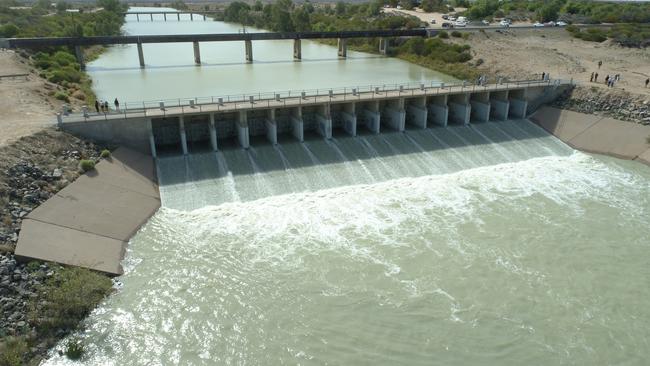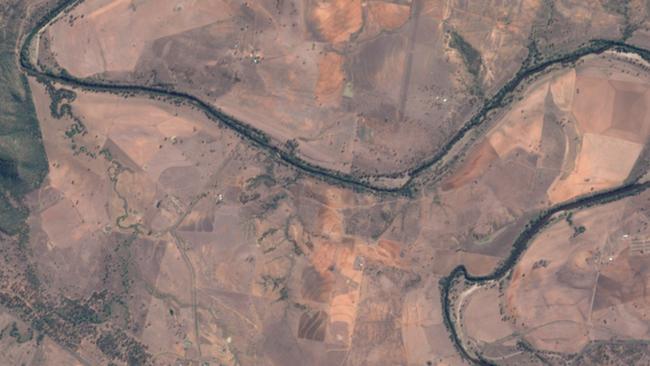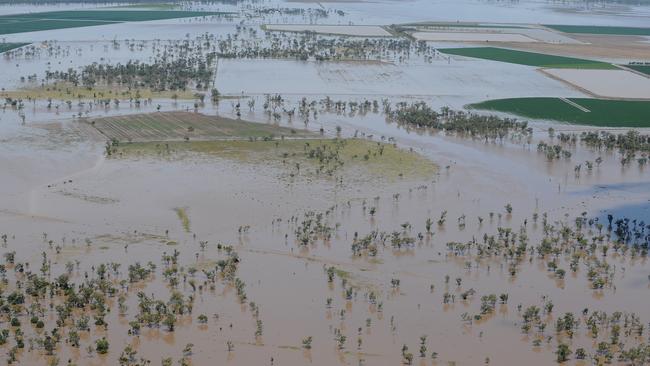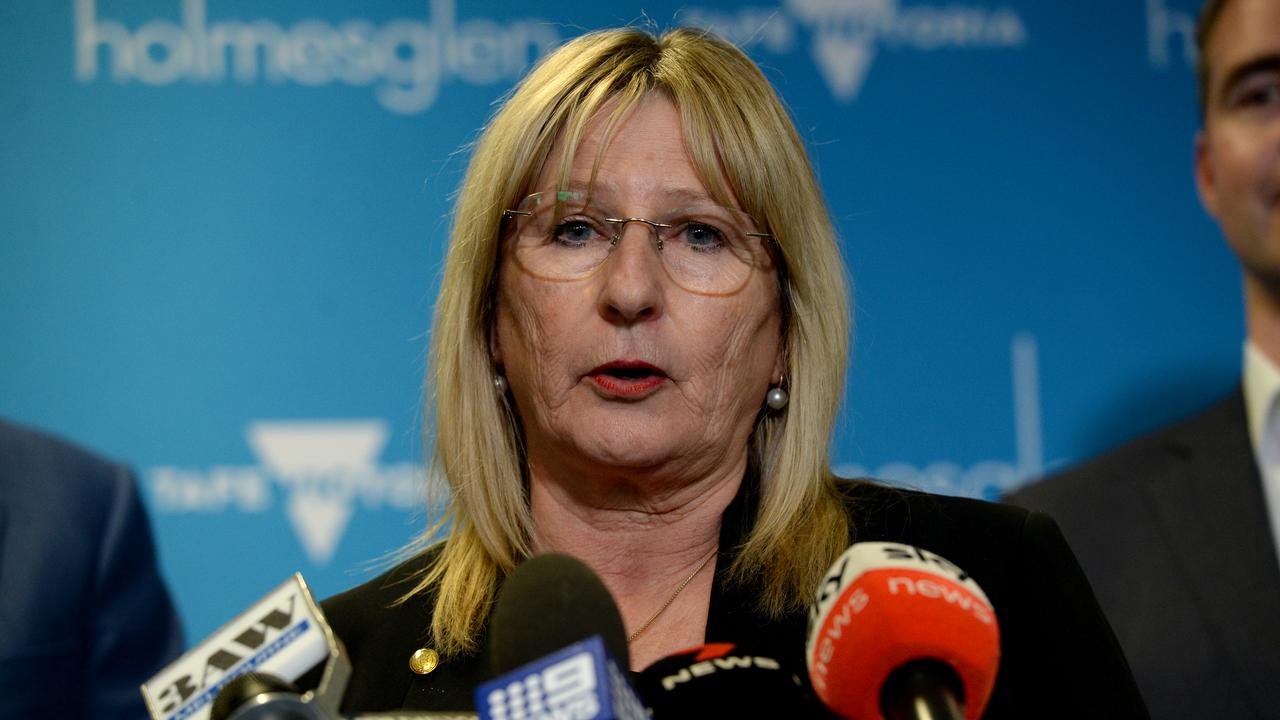Floodplain harvesting: NSW Government gazettes water-sharing plans
The NSW Government has issued water sharing plans following 12 years of delays and disputes that have divided Murray Darling Basin communities.

NSW’s first floodplain harvesting licences will be issued to irrigators across the Border and Gwydir River valleys by September 1, after the state government signed off on water sharing plans enshrining their rights today.
NSW Water Minister Kevin Anderson said floodplain harvesting licences would also come into effect later this year and in early 2023 for the Macquarie, Barwon-Darling and Namoi valleys.
Border Rivers irrigators will be granted 51,000 unit shares, with an expected annual average yield of 38 gigalitres, while those on the Gwydir will receive 101,000 unit shares, yielding 94GL annually.

Mr Anderson said the regulation of floodplain harvesting would now be clearly controlled within legal limits, benefiting the environment, farmers and downstream water users.
“This is a policy that supports farmers and downstream communities and will return around 100 gigalitres of water to our floodplains and river systems per year on average, and more than three times that volume in wetter years, which is a great outcome,” Mr Anderson said
The gazettal of the water sharing plans brings to an end 12 years of delays and disputes on regulating the controversial practice of floodplain harvesting that has divided Murray Darling Basin communities.
NSW Upper House Labor, Greens and crossbench MPs have repeatedly blocked attempts to regulate and licence floodplain harvesting, a position that NSW Irrigators Council chief executive Claire Miller said was “extremely frustrating”.
“It’s meant unlimited (floodplain harvesting) access has continued through this wet La Nina period, and the only loser out of that has been is the environment,” Ms Miller said.
Gazettal of the water sharing plans ultimately means restricting floodplain harvesting.
“It is a sombre day for irrigators, waking up to the reality of substantial cutbacks in their water access to grow food and fibre,” Ms Miller said.

The water sharing plans detail metering requirements for all floodplain harvesting and set access rules that prohibit the northern valley irrigators from pumping when the combined capacity of the Menindee Lakes’ four storages falls below 195 gigalitres.
Border River and Gwydir Valley floodplain irrigators will also be banned from harvesting the first flush of run-off following a dry spell, unless local rivers have reached or are forecast to reach channel capacity
By September 1, licence holders in the Border Rivers and Gwydir valleys will have their water accounts credited and the floodplain harvesting framework will be fully operational
Licences for the Macquarie, Barwon-Darling and Namoi valleys will be determined and will come into effect later this year and in early 2023.
But the decision to set the trigger on halting floodplain harvesting when the Menindee Lakes fall below 195GL is sure to upset Lower Darling communities.
Australian Floodplain Association chairman Justin McClure has previously branded 195GL was a “bullshit” number.
“We’ve always asked for at least 18 months supply – 390GL to 400GL of active storage.”
But Mr Anderson has defended the trigger, saying he was pushing reforms on the way the lakes were managed, which would mean most of the 195GL would be available during droughts.
NSW Environment Minister Environment James Griffin said “we have ensured that an independent review of the local access triggers and the downstream Menindee target will occur within the first three years of the plans, with changes to follow if warranted and the review published”.




